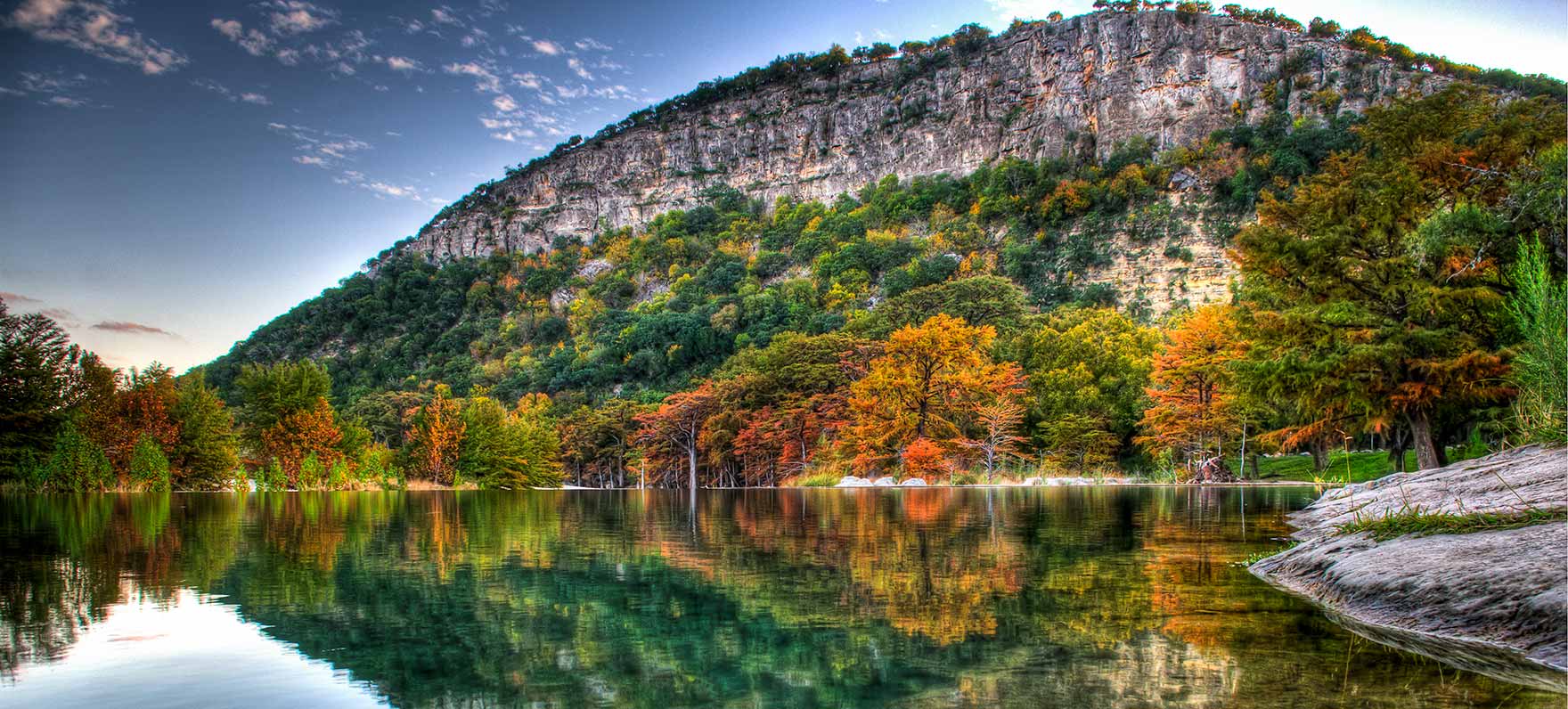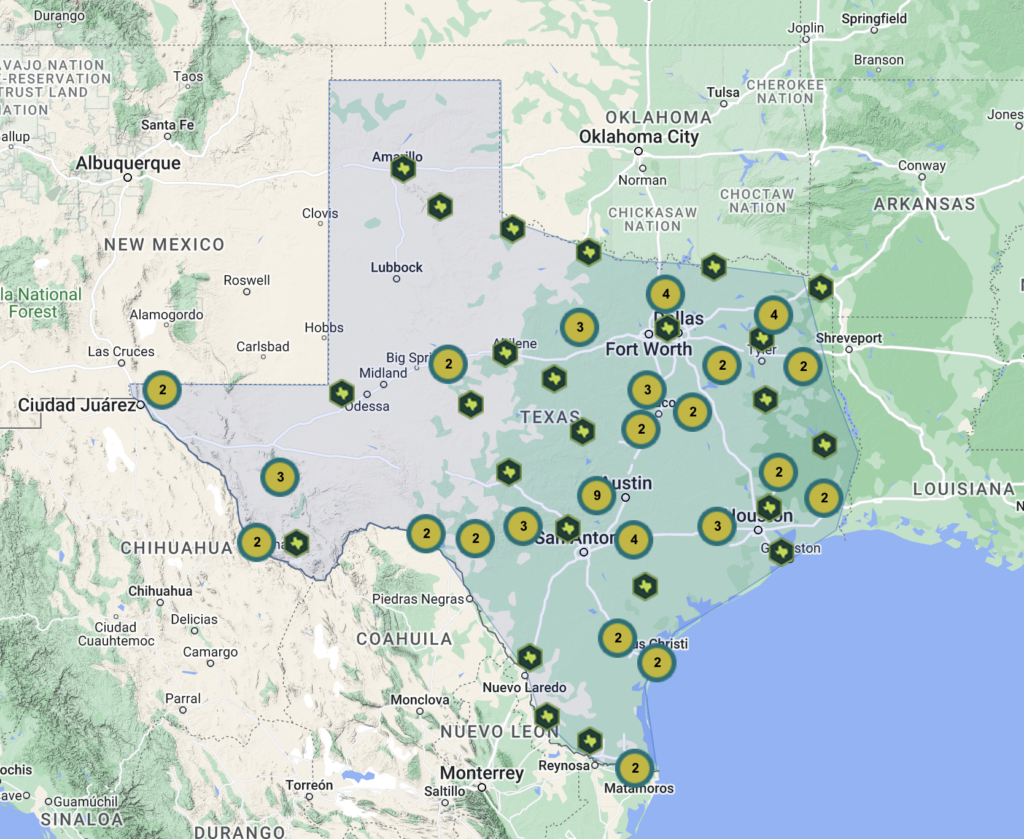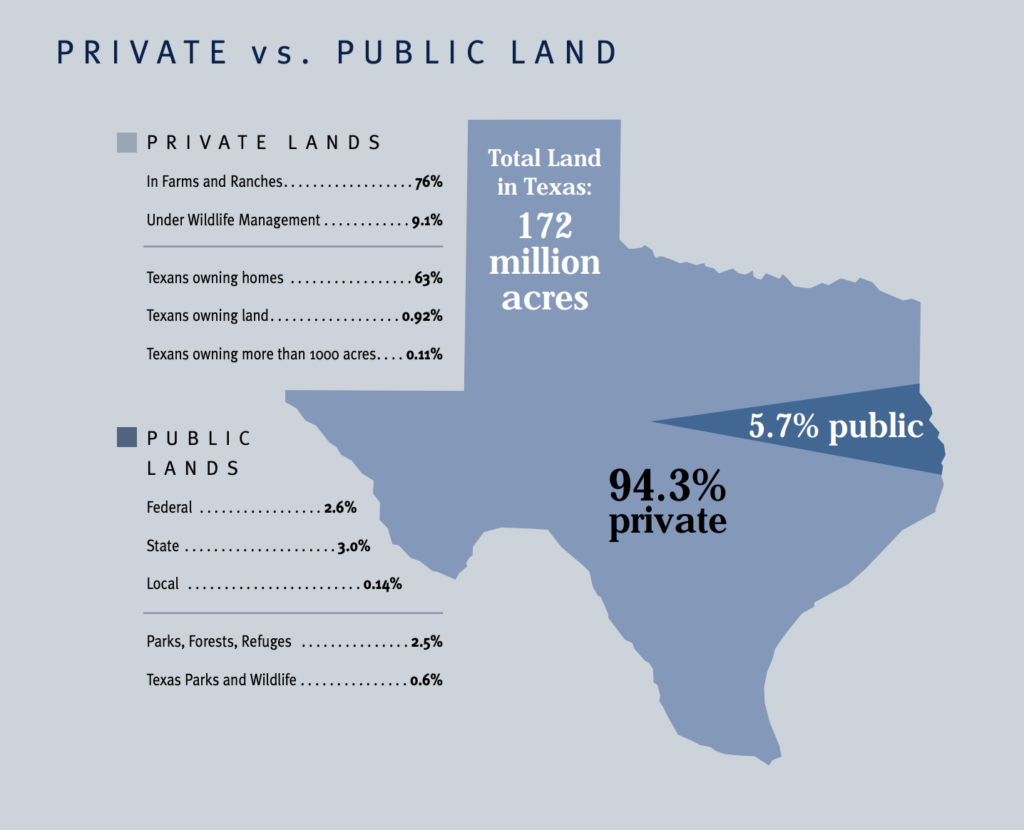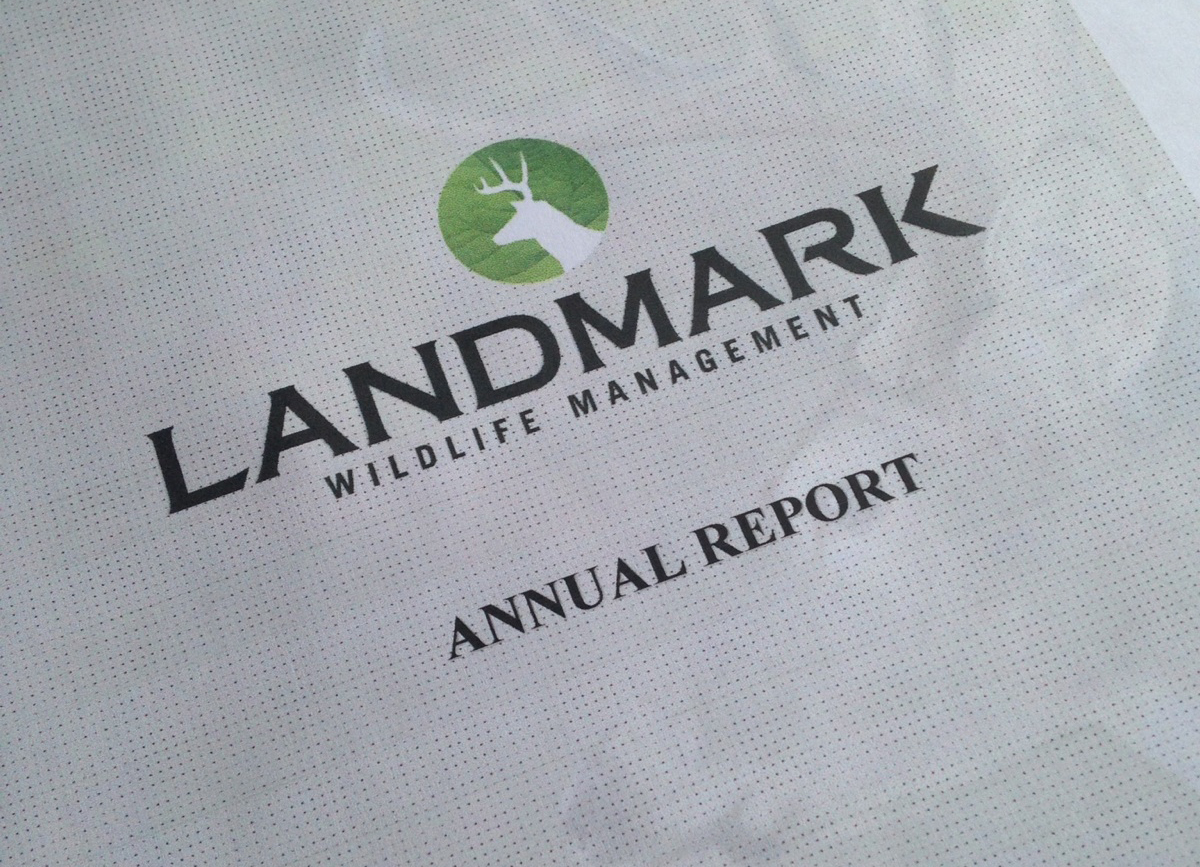100 Years of Texas State Parks and What Landowners Need to Know
This year we are celebrating 100 years of the Texas State Parks system. State parks are great for recreation and exploration and provide many ecological benefits – protecting wildlife, conserving valuable ecosystems and natural resources, and ensuring public health. In honor of this milestone, we’re looking back at the history of our 89 state parks and historical sites and how they’ve evolved over the years. We’ll also explore what landowners need to know about parkland creation and preservation.
The history of Texas State Parks and how they’ve changed over time
The Texas state parks system has a long and fascinating history, dating back to 1923 when Governor Pat Neff acquired the state’s first land to establish parks across the state when the legislature created the State Parks Board. The parks were originally intended to be roadside stops on undeveloped land for travelers passing through with the introduction of widespread automobiles and road networks. The State Parks Board was supported by Roosevelt’s New Deal program to put Americans back to work.
Since then, substantial changes have occurred, which have seen 600,000 acres of new parks, historic sites, and natural areas created, and existing ones expanded and improved. During that time, policies were introduced to protect them against exploitation. Throughout all these changes, parkland remains at the forefront of conservation efforts in Texas, providing visitors with an abundance of natural beauty and opportunities for outdoor recreation.
In the 1980s, demand for more parks and the conservation of resources grew. More parkland was acquired to open over 30 parks, including favorites like Big Bend Ranch, Seminole Canyon, and Enchanted Rock.
The future of Texas state parks and why landowners are integral
Now, the state’s mostly urban population, which exceeds 20 million, is distributed unevenly across the state, putting increasing pressure on the environment within and around its rapidly expanding urban areas. The last several years have contributed to growing interest in parks, and many people are turned away because overcrowded parks are reaching capacity and campsites are unavailable.
A study done by Texas Tech University has concluded that to keep up with a growing population, the state needs local parks in all categories (cities, counties, and special districts). A goal of 25 acres per 1000 people should be adopted. This will necessitate an additional 558,722 acres of land by 2030.
95% of Texas is still privately owned, which means expansion and conservation opportunities are abundant but rely on the landowners to support these needs.
Many native plants and animals in the state rely on private landowners to protect them. As the traditional stewards of the land, they play a crucial role in carrying out the work of conservation in Texas. However, as family farms and ranches break up, Texas is losing its heritage of people who have lived and worked close to the land and served as its caretakers, making preserving working lands and ranches the best way for landowners to support the Texas State parks.
Benefits to landowners in participating in conservation efforts of Texas state parkland
Private landowners must be an integral part of conservation efforts in Texas. Landowners and Residents who wish to become part of this journey can get involved through public hearings orchestrated by their local government, donating funds to parkland operations, or volunteering directly with Texas state parks. There are many local, federal, and private programs and organizations that have funds to provide landowners with support in participating in conservation efforts, here are a few:
Landowner Incentive Program
This program supports effective and cost-efficient conservation projects. Funds can be used for projects that enhance and protect wildlife habitat and/or enhance target watersheds. It is a cost-share reimbursement program. TPWD will contribute between 50% and 75% of the total project depending on the funding series.
Private Lands and Habitat Program (PLHP)
This program helps agricultural landowners assess the wildlife resources of their property and develop wildlife management plans consistent with their agricultural operations.
Texas Farm and Ranch Lands Conservation Program
A statewide purchase of development rights program that facilitates the purchase and donation of agricultural conservation easements, either in perpetuity or for a term of 30 years. Landowners receive a payment based on the land’s fair market value minus its restricted value (the value once it can no longer be developed). Landowners who donate a portion of the agricultural easement may be eligible for tax benefits.
Texas Agricultural Finance Authority (TAFA)
TAFA programs are designed to bolster agri-business in Texas. Four programs provide financial assistance to eligible individuals and businesses that wish to enhance a current agricultural operation or to establish a new one for loan and interest rate reductions. Special focus is given to incentives for young farmers. Loan and interest rate reductions
Conservation Stewardship Program (CSP)
CSP provides financial and technical assistance to support conservation efforts on tribal and private agricultural land and non-industrial private forestland.
Farm and Ranch Lands Protection Program (FRPP)
The FRPP provides matching funds to help purchase agricultural conservation easements on qualified, productive farm and ranch lands. To apply, landowners must work with eligible state and local governments or non-governmental entities. FRPP can provide up to 50 percent of the fair market value of the conservation easement.
Becoming involved in creating or maintaining a state park is an exciting way to give back to the community and help preserve the natural beauty and conservation efforts of our beautiful and sprawling state for generations.
If you are looking to get out into the parks this year, here is Texas Parks and Wildlife’s calendar of events for parks across the state: https://tpwd.texas.gov/calendar/100-year-celebration











